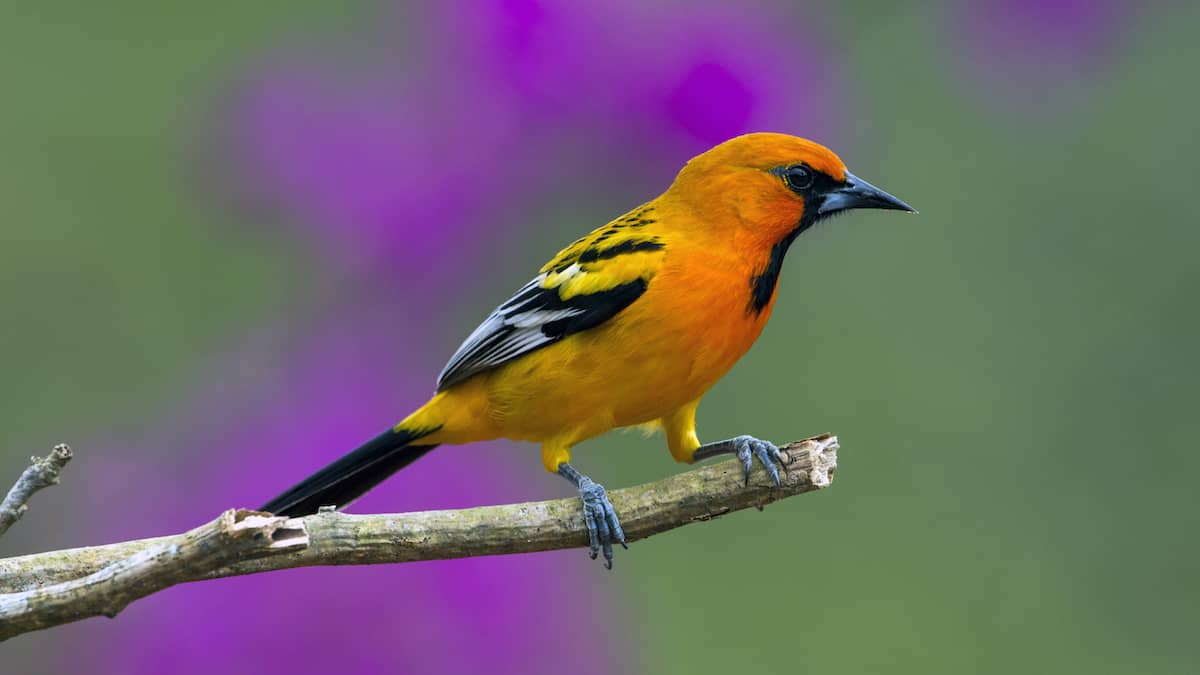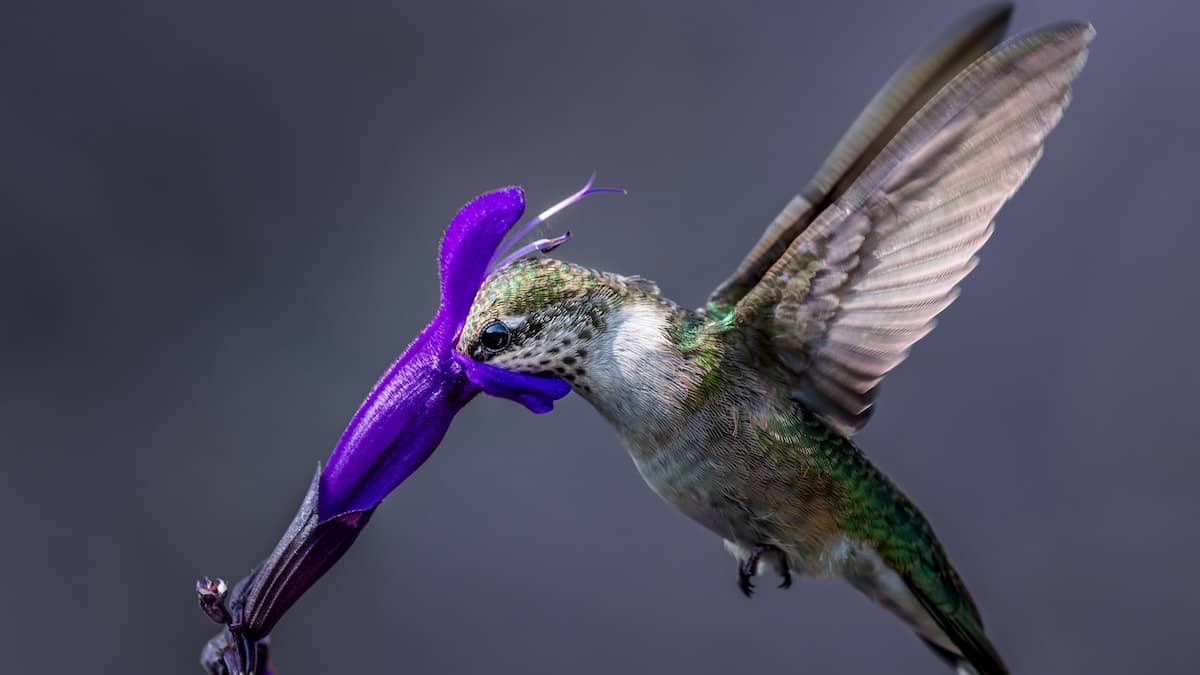In the wooded hills surrounding Austin and San Antonio, a sobering nature scene is unfolding. Central Texas is the breeding ground for the Golden-cheeked Warbler, known as the “goldfinch of Texas.” The warbler is known for its bright yellow coloring, which contrasts with the lush green hills. Unfortunately, those hills are no longer a haven for these endangered birds. A dramatic loss of habitat has caused the warbler to be listed as endangered under the Endangered Species Act in 1990. This article introduces the need for bird conservancy for this species.
What is the Golden-cheeked Warbler?
This tiny songbird is known for “warbling” or singing. It migrates between North and Central America but breeds exclusively in the Hill Country of Texas. These warblers often perch in Ashe Juniper trees, commonly known as “Mountain Cedar."
Birding seasons for golden-cheeked warblers
Birders can see these birds in Central Texas during the spring or in Mexico and Central America in the winter. Golden-cheeked warblers leave their breeding grounds towards the end of July and migrate through Mexico and Central America between July and August, spending the winter in southern Mexico, Guatemala, Honduras, El Salvador, and Nicaragua. In late February through April, when the spring arrives, the warblers return to Texas.
Male and female warblers
Golden-cheeked warblers have characteristic yellow heads. However, birders can easily distinguish between male and female Golden-cheeked Warbler. Male Golden-cheeked Warblers have a jet-black crown, throat, and back. In contrast, the female Golden-cheeked Warbler appears duller in appearance. Pale throats and olive-green crowns characterize females. Young male birds may also have green crowns.

Male Golden-cheeked Warbler

A group of Golden-cheeked Warblers: Male left and female right
How warblers feed
Golden-cheeked Warblers nest primarily in juniper, oak trees, and deciduous trees, where they hunt insects, spiders, and other arthropods. The birds feed mainly on insects found in juniper foliage, hopping between branches to catch them. Occasionally, the birds will fly short distances to catch flying insects. Following hatching, parent birds feed nestlings for nine days until the younger birds mature and leave on their own.
What are the risks to Golden-cheeked Warblers’ survival?
The Golden-cheeked Warbler faces many risks to survival, such as habitat loss, habitat fragmentation, increased risk of predators, and more.
Habitat loss and fragmentation
The Golden-cheeked Warbler faces threats from habitat loss and fragmentation in their breeding grounds in Texas and their wintering grounds in pine-oak forests in Mexico and Central America. Urban sprawl between Austin and San Antonio reduces prime Ashe Juniper woodlands that warblers depend on for breeding and foraging.
Habitat fragmentation is threatening bird populations. In many instances, fragmentation of large tracts of habitat has resulted in increased isolation between habitat patches, which prevents the interaction of nearby Golden-cheeked Warblers. Golden-cheeked Warblers require a mature forest habitat to nest and feed so that they may have less breeding success.
The Golden-cheeked Warbler has long been threatened by ranching and urban sprawl. The warbler is under threat due to clearing tall juniper and oak woodlands for houses, roads, and stores. The bird’s habitats are even cleared for crops and pastures. Furthermore, land conversion causes unsustainable forestry practices and fires, contributing to the destruction and fragmentation of Golden-cheeked Warbler populations.
Additionally, as more people move to Central Texas, there is more housing and infrastructure. Further growth of the human population and the development of residential and commercial areas will further fragment and reduce the breeding habitat of the Golden-cheeked Warbler. Humans are destroying the warbler’s habitat faster than these tiny creatures can adapt.
Increased risk of predators
As a result of reduced and fragmented habitats, warblers are now at great risk of predators. Texas rat snakes are the leading predators of Golden-cheeks, followed by fox squirrels, fire ants, and more. Rat snakes often pin warbler nestlings with their coils to prevent the warblers from escaping.
Competitive species
The Golden-cheeked Warbler also suffers from cowbird parasitism. Those areas with roads, pastures, or development can be a haven for brown-headed cowbirds, parasitizing Golden-cheeked Warblers by laying eggs in the warblers’ nests. A cowbird’s ability to reproduce quickly and hatch its eggs two days before a warbler gives it an advantage over Golden cheeked Warblers, and cowbirds eat more than their fair share of the food brought into the nest.
What are the Golden-cheeked warblers’ chances of survival?
Survival depends on habitat access. Often, there is so little woodland on these small fragments, and the adults often have difficulty finding enough food to feed their young. Nestlings of Golden-cheeked Warblers are more likely to survive in thicker and more remote cedar forests. As the forest edge density increases, nest survival levels decrease.
What can organizations do to conserve Golden cheeked warblers?
Across the globe, people are developing closer to the habitats of endangered species. This land invasion raises a question: Can we protect other species’ habitats while expanding our own? There is a need for more conservation, not less. So, government environmental policies play a crucial role in the bird’s survival.
Recently, various organizations, landowners, and government agencies committed to conserving the Golden-cheeked Warbler habitat on the Edwards Plateau in Central Texas. The Balcones Canyonlands Conservation Plan (BCCP) was set up as part of a bird conservancy plan to protect Golden-cheeked Warblers. The Balcones Canyonlands National Wildlife Refuge was also established as another habitat conservation measure. Conservationists will add at least 41,000 acres to the refuge’s current 3,500 acres of breeding habitat. This extra land will provide a safe space for the Golden cheeked Warblers.
Additionally, there are several measures to conserve the habitat of Golden-cheeked Warblers, including encouraging voluntary protection and improving incentives for voluntary conservation.
What can individuals do to conserve Golden-cheeked warblers?
As individuals, how can you contribute to conservation? First, you can save endangered birds such as the Golden-cheeked Warbler by educating yourself. Many organizations work to protect and conserve endangered birds and their habitats. You can visit wildlife centers or get involved with conservation organizations. Through volunteering, you can understand the challenges faced by local endangered species while helping to protect them.
Action points:
-
Record sightings of the Golden-cheeked Warbler on eBird.
-
Sign Travis Audobon’s petition to save the Golden-cheeked Warbler.
-
Donate to the American Bird Conservancy, a U.S. nonprofit organization that works to protect the habitat of Golden-cheeked Warblers and other wild birds.
-
Finally, follow these guidelines from the Defenders of Wildlife, on how you can protect the endangered bird: “Protect migrating birds by keeping your cats indoors, making windows safe, and participating in local Lights Out actions. Help protect habitat by maintaining old-growth Ashe junipers on your land … Drink bird-friendly, shade-gown coffee to help protect wintering habitat.”
Conclusion
In summary, Golden-cheeked Warblers contribute significantly to Texas’ natural heritage, and they still need our help to survive, just as many other imperiled species do. The remarkable story of the Golden-cheeked Warbler should not end in extinction.




